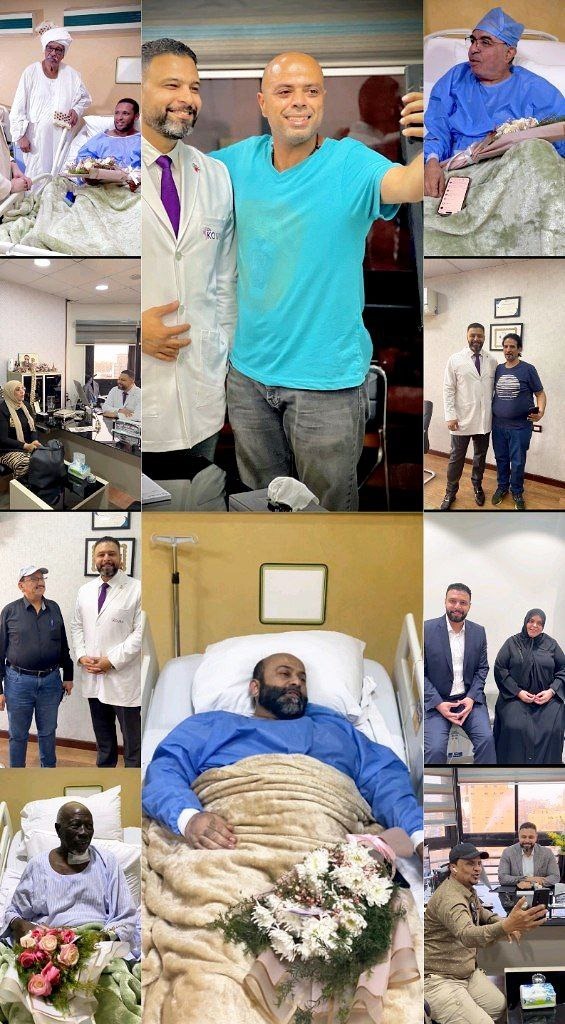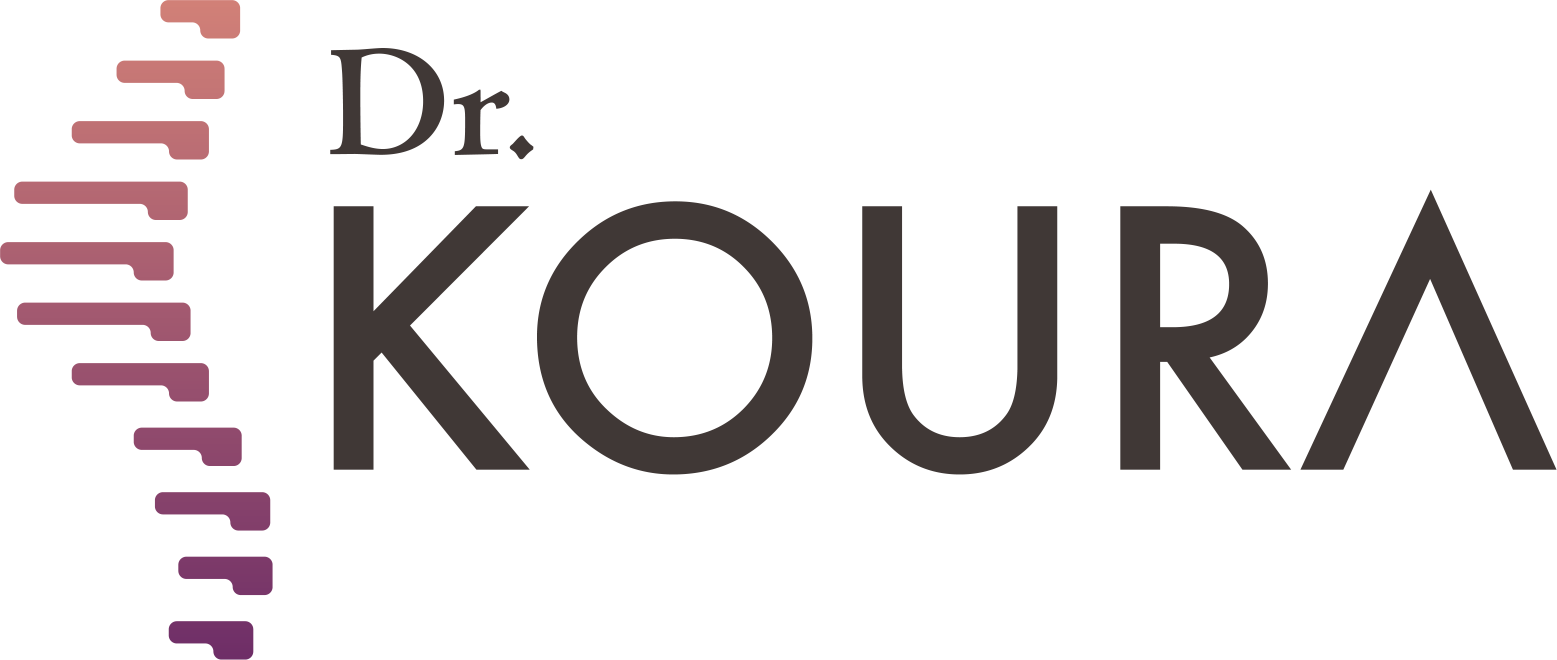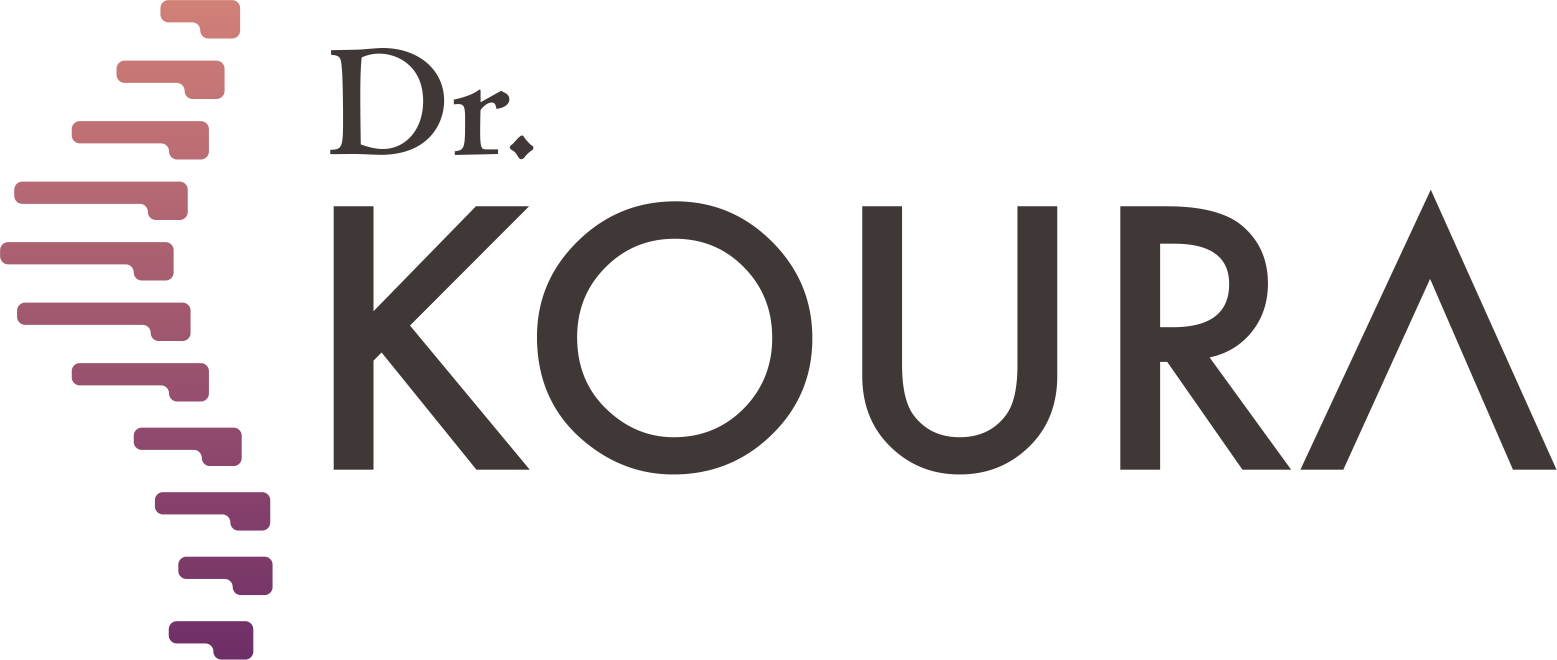
To see patients' reviews
Click hereTypes of knee injections


Knee osteoarthritis is one of the most common joint problems, especially with aging or repeated physical strain. Knee injections have become one of the leading non-surgical treatment solutions used by doctors to relieve pain and improve joint mobility. But what types of knee injections are available? And which one is the most suitable? In this article, we explore the best types of knee injections for treating osteoarthritis, based on the latest medical technologies and specialized sources.
Dr. Mohamed Koura is distinguished for using advanced techniques in treating joint pain and knee osteoarthritis, such as PRP (Platelet-Rich Plasma) injections and stem cell therapy. These approaches offer effective results for patients without pain or lengthy recovery periods. He consistently attends international medical conferences to stay up to date with the latest developments, making him one of the leading doctors in providing safe and effective joint care in Egypt and beyond.
Why Are Knee Joint Injections Used?
Therapeutic knee joint injections play a vital role in managing symptoms of knee osteoarthritis such as pain, swelling, and joint stiffness. These injections are considered a safe and effective option for those who prefer to avoid surgery or cannot rely on long-term pain medications. Some injection types also promote tissue repair and cell regeneration.
What Are the Most Common Types of Knee Injections?
1. Hyaluronic Acid Injections ("Gel Injections")
Hyaluronic acid injections are among the most common and widely used. Often called “gel shots,” these injections contain a natural substance found in joint fluid, which helps reduce friction and improve movement. They are especially effective for mild to moderate osteoarthritis, improving flexibility and significantly reducing pain. Results usually last from six months to a year.
2. Corticosteroid Injections
Corticosteroid shots are a traditional medical option used to relieve inflammation and swelling, especially in severe arthritis cases. These injections offer quick pain relief, usually within a few days. However, frequent use may weaken the cartilage, so it is advised not to exceed three injections per year in the same joint.
3. Platelet-Rich Plasma (PRP) Injections
This modern technique involves drawing a blood sample from the patient, separating the platelet-rich plasma, and injecting it into the knee to enhance natural healing. PRP injections are particularly effective for moderate osteoarthritis, especially in younger patients. They stimulate cartilage regeneration, gradually reduce pain, and provide long-lasting effects. Since the plasma is derived from the patient’s own blood, the treatment is entirely safe. Results typically begin to show within 2–4 weeks and may last for several months.
4. Stem Cell Injections
Stem cell therapy is one of the most advanced techniques in joint treatment. Stem cells are collected from the patient’s bone marrow or fat tissue and injected into the damaged area. This method is mainly used for advanced stages of knee osteoarthritis, especially when other treatments have failed.
Stem cell injections can help rebuild joint tissue and gradually restore function, reducing the need for surgery or painkillers. However, this approach requires high technical skills, extensive medical experience, and is generally more expensive than other injection types.
Which Knee Injection Is the Best for Osteoarthritis?
The best type of injection depends on several factors, including the patient’s age, health status, and the stage of osteoarthritis:
-
Stages 1 & 2 (early and moderate): Hyaluronic acid or PRP injections are usually preferred.
-
Stage 3 (advanced): PRP or stem cells are recommended; corticosteroids may be used temporarily for pain.
-
Stage 4 (end-stage): Surgical intervention is often necessary, though stem cells or corticosteroids may offer temporary relief.
Key Instructions Before Getting a Knee Injection
Before undergoing any injection treatment, it is essential to follow these guidelines:
Always consult a specialist in joint treatment to determine the best option.
Avoid unlicensed or random injections.
Do not expect immediate results from all injection types—some require time for healing to begin.
Commit to any recommended physical therapy sessions post-injection, as they accelerate recovery and improve outcomes.
Knee osteoarthritis treatment techniques have advanced significantly in recent years, with a variety of injection options tailored to different stages of the condition. Whether you're in the early stages or facing advanced joint degeneration, there's likely an injection type that suits your needs. But success depends on one key factor: choosing a highly skilled doctor with the right tools and experience for your case.
Dr. Mohamed Koura is recognized as the best knee osteoarthritis specialist in Egypt and the Middle East. With extensive experience and a reputation for introducing cutting-edge, non-surgical treatment methods—such as radiofrequency, laser therapy, and precision-guided knee injections—Dr. Koura is known for his exceptional care, especially in complex cases, without resorting to surgery.
Dr. Mohamed Koura is here to assist you using the latest therapeutic techniques, including thermal radiofrequency and laser treatments for spinal pain without surgery—book your appointment now from here.
Why Choose Dr. Mohamed Koura ?
Simply because he is the best doctor in his feild. He stays updated on the latest treatment technologies through his participation in various international conferences with leading foreign doctors and experts. Finally, and most importantly, Dr. Mohamed Koura is the best doctor in Egypt and the Arab world, possessing 12 non-surgical techniques for treating spinal and joint problems. He was the first to introduce modern interventional treatment techniques in Egypt & the Middle East and is the only one using the disc fx technique to treat spinal pain.
To see patients' reviews
Click hereCertainly not, some cases must be treated surgically, and the most appropriate technique for the patient is determined through a medical examination and the presence of imaging studies.
No, it is necessary to make a reservation through a phone call or social media messages.
There are no risks or side effects associated with non-surgical pain interventions.
The patient needs only 3 to 4 days before they can travel comfortably, and the hospital stay does not exceed 6 to 8 hours.
A condition cannot be accurately assessed and a proper medical diagnosis made without a medical examination and recent imaging studies.
Yes, there are several payment methods available through Visa or electronic wallets by making a reservation on our website.
Certainly, obesity is one of the causes of knee osteoarthritis.
Radiofrequency activates the nerve and does not cause any damage to it.
Non-surgical interventions are a definitive treatment for some cases and pain relievers for other cases, which is determined by the doctor through a medical examination.
If the herniated disc is fully treated, there is a possibility of it reoccurring in some cases, such as not following the doctor's prescribed instructions after the intervention, experiencing an accident, or making a sudden wrong movement like lifting heavy objects.
The entire disc is not removed due to the presence of several risks and it may exacerbate the condition. Only the protruding part that causes pain is removed.
This cannot be done with radiofrequency, but it is performed through other techniques that Dr. Koura conducts.
The success or failure of non-surgical interventions cannot be judged through radiographic imaging because these procedures involve making subtle changes to critical parts to address the issue. Consequently, they do not produce significant changes to avoid potential complications in the future or damage to the spine and joints, which is our primary goal.
Spinal stenosis does not typically cause sciatica. In most cases, disc herniation is what may lead to sciatica. This does not necessarily mean that a patient with sciatica will also have spinal stenosis.
Sciatica may return if the patient does not adhere to the medical instructions provided by the doctor or in the event of an unexpected accident.
A life without pain without surgery
Once you book with Dr. Koura
Get rid of pain with just one call.. Book your appointment now with pain Management consultant Dr. Koura.






-webp.webp)




-webp.webp)
































